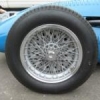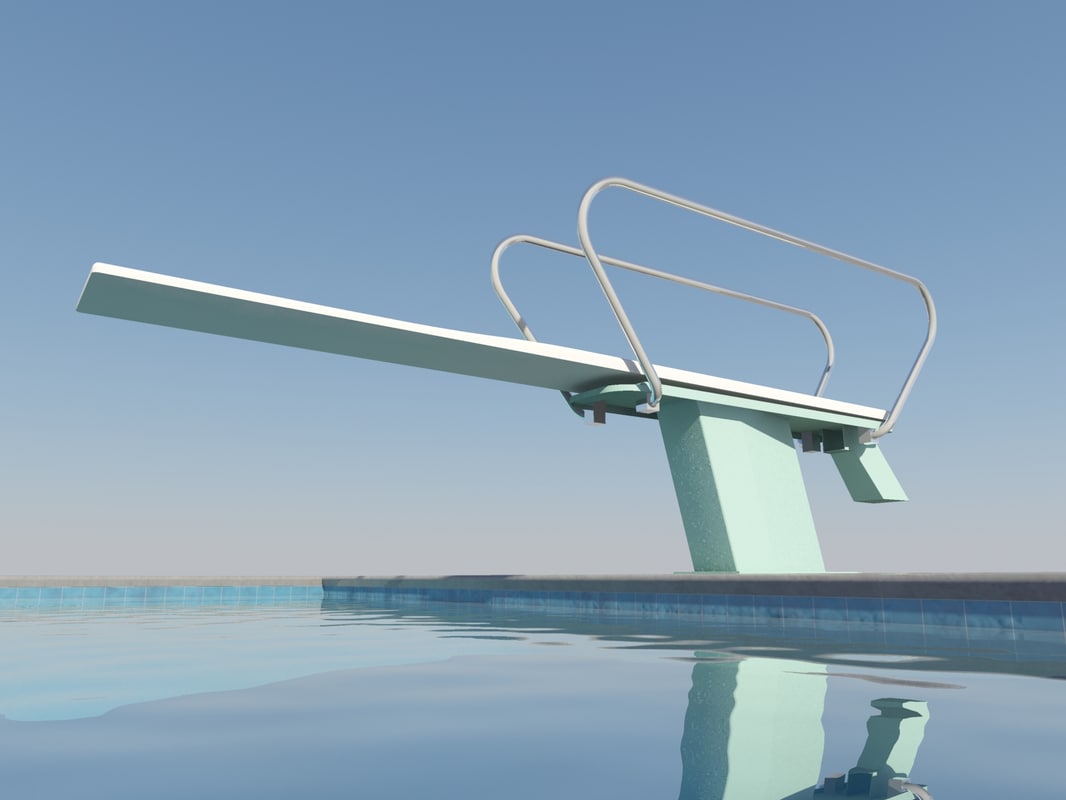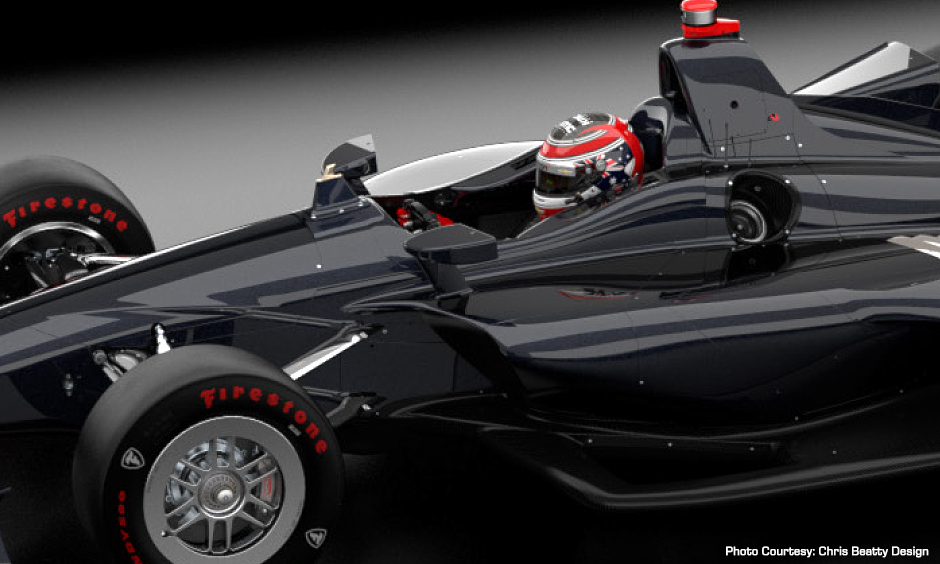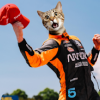What you say is usually true, but I believe the wheel in Henry Surtees's accident arrived from above and probably wouldn't have hit the screen. That doesn't undermine your general point, though.
I don't want to watch the video again, but IIRC the wheel was coming from his left bouncing across the track, and when his car stopped there was a scuff mark visible on the front right side of his helmet just above the visor. It appears that he caught it as it almost passed him already, so unlucky. 
The point that i'm trying to make is that with the car speed factored in any significant object that would come to contact with the driver's head would have to pass through the area just in front of him a fraction of the second before. If there's a barrier in that place it would deflect any such object before it gets a chance to hit the helmet.
For an object to come into contact with the helmet straight from above or straight from the side relative to the car, it's velocity component parallel to the movement of the car would have to be equal to that of the car (so that relative to each other the car doesn't "gain" on it). That just doesn't happen - i mean, it could theoretically, but the probability is infinitesimally low if the car is moving forward.
Of course, there are other possible scenarios, as in car spinning out or sliding sideways but in that case the speeds involved would be lower and thus the impact forces as well, since they are in proportion.
In any case i'm sure people much smarter than I am already looked at all of this when designing the proposed solution, and factored in all the risks and benefits. Ultimately only a fully enclosed cockpit will protect from 100% cases (including the highly improbable theoretical ones), and only 100% safe racing is not racing at all, so it's the matter of where we're willing to draw the line what's an acceptable risk and what's not.




























